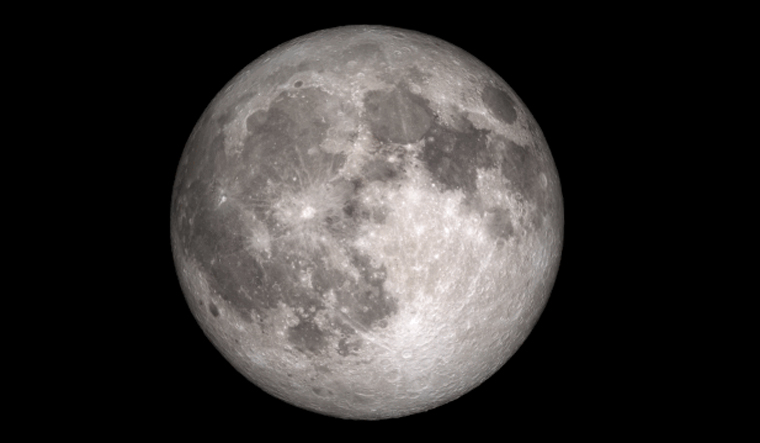NASA's Lunar Reconnaissance Orbiter (LRO) has spotted water molecules moving around in the moon, something that scientists say could help us learn about accessibility of water in future lunar missions.
According to the study, published in the journal Geophysical Research Letters, the Lyman Alpha Mapping Project (LAMP) instrument onboard the LRO measured the layer of molecules temporarily stuck to the surface and monitored the lunar hydration changes over the course of a day.
The moon was believed to be arid as scientists thought that water on the lunar surface only existed as pockets of ice in permanently shaded craters near the poles. Scientists have identified surface water in sparse populations of molecules bound to the lunar soil, or regolith, NASA said in a statement.
Water molecules remain tightly bound to the regolith until surface temperatures peak near lunar noon. This water is more common at higher latitudes and tends to hop around as the surface heats up.
The findings will help us understand the lunar water cycle and the accessibility of water that can be used by human in future moon missions. Water in the moon can be used to make fuel or to use for radiation shielding to thermal management, according to Amanda Hendrix, a senior scientist at the Planetary Science Institution.


